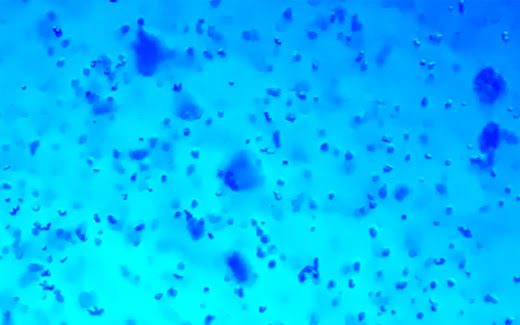Dealing With Contaminated Cell Lines: Don’t Miss Your Data
The reproducibility and validity
of scientific findings are shaped by a multitude of factors, and precise
experimental methodologies, as well as the use of identical experimental
substances where applicable, must be recorded. Reproducibility necessitates the
characterization of reagents to assure their purity. Cell
culture is an essential component of current biomedical research.
Multiple quality control techniques, including cell line identification and
validation that cell lines are not contaminated, are essential to assuring that
reported data is reproducible. Cell line
authentication is required to guarantee that cell lines have not been
unintentionally incorrectly labelled or cross-contaminated, which could
contribute to incorrect disease model interpretations.
The necessity of quality control of cell lines used in scientific research cannot be overstated, as it is vital for data reproducibility. Two major hazards in tissue culture are:
1. Cell
Line Authentication: The procedure of validating the identity of the cells
involved in your experiments is known as cell-line authentication. It
frequently entails ensuring that cell lines are obtained from the appropriate
species and donor and that they are free of any contamination. Cell and microbe
authentication is significant; bypassing the authentication stage can result in
wasted time and cost, as well as denials of publications because
cross-contamination or misinterpretation has compromised the data on which that
research is based. Various tests like short tandem repeat (STR) profiling are
used in combating contamination and misidentification of developing cell lines.
2. Mycoplasma:
For a variety of reasons, Mycoplasma quickly taints cell cultures—often without
the scientists' understanding. Mycoplasma does not induce viscosity or
pH changes in the media, it produces few byproducts, and cannot be spotted by
microscopy. It can lead to chromosomal abnormalities, alter nucleic acid
synthesis, modify membrane antigenicity, impede cell proliferation and
survival, decrease transfection frequencies, affect gene expression profiles,
and even induce apoptosis once it has contaminated cells. For these reasons,
regular mycoplasma contamination testing of cell lines is extremely important.
There are two ways by which you can test your cell cultures for mycoplasma
testing:
·
PCR-based testing is rapid and sensitive and can
test various species of mycoplasma.
·
Culture-based testing includes both direct and
indirect culture methods and it is sensitive as well.
Combatting Cell Culture
Contamination
While knowledge is important,
taking a practical approach to preventing contamination will help you escape
your lab a lot of trouble and waste of time. Wipe off surfaces and equipment
routinely, and take special care to commonly used apparatus such as laminar
flow hoods, water baths and incubators. Pay close attention to regions that may
be ignored, including the refrigerators and freezers as they can be a great
source of contamination.
Another important part of
contamination control is the use of proper aseptic procedures. When entering
and exiting the lab, laboratory staff should wear suitable personal protective
equipment (PPE), and wash their hands. All sterile transfer should take place
within a biosafety cabinet (BSC) or other equivalent containers that are
sanitized and disinfected at least once every month. This safeguards employees
and specimens while also making it more difficult for pollutants to reach
samples.
While contamination of cell
cultures cannot be totally prevented, it can be controlled. With an efficient
preventative approach, you can limit the probability of cell culture
contamination. If you are looking for contamination-free primary cells, get in touch
with Kosheeka at mailto:info@kosheeka.com
or you can give us a call at +91-9654321400.



Comments
Post a Comment